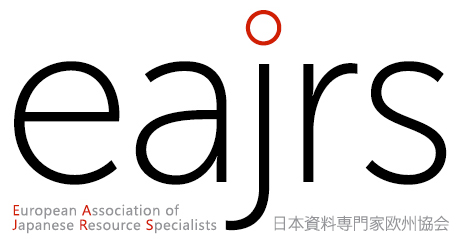![]() Kawabe Sakiko
Kawabe Sakiko
National Museum of Japanese History. Research Assistant Professor
Challenges of Japanese Local Mingu Materials and Efforts to Open Up and Share the Information
This presentation will introduce and discuss the challenges of preserving and utilizing Japanese local mingu materials and the efforts to open up and share information on them. Everyday objects, such as tableware, utensils, tools and equipment for livelihood, clothes, adornments, and furniture made and used through people's daily lives, are called "mingu" in Japanese folklore and museums. They are significant materials through which we can interpret the culture and changes of people's living in a certain time span or space. Therefore, mingu, especially those made and used before the drastic changes in people's lifestyle during the high economic growth after WW2, were collected throughout the country and preserved in each region to protect them from disappearance.
However, most local mingu collections are now in dead storage or even in danger of being lost, as they are not actively utilized in academic or educational activities. There are two leading causes behind this situation. Firstly, most collections lack information to evaluate them as historical and cultural materials. Secondly, communities to preserve and pass on local historical and cultural properties have declined.
To solve this problem, the Academic Repository Network (Re*poN) has started a project to construct and develop an Android/iOS app called Mingu Web as a participatory information platform. This platform aims to collect information on any mingu by building communities among museums and people, both online and offline. Moreover, the National Museum of Japanese History provides information on local mingu collections in collaboration with municipalities. These platforms are also expected to help international research on Japanese mingu and people's lifestyles and community building for that.
日本の地域民具資料の課題と情報公開・共有の取り組み
本発表では、日本の地域民具資料の保存・活用に向けた課題と情報公開・共有の取り組みについて紹介し議論する。人々の暮らしの中で生み出され使われてきた生活・生業用具は、日本の民俗学や博物館において「民具」と呼ばれ、ある時代や空間における人々の生活文化やその変遷を読み解く上で重要な資料とされてきた。特に、戦後の高度経済成長期に人々の生活様式が大きく変化する以前に作成・使用された民具は、消失を防ぐために全国各地で収集・保存されてきた。
しかし現在、ほとんどの地方民具コレクションが学術・教育活動に積極的に活用されることもなく、死蔵状態、あるいは散逸の危機に瀕している。その背景には主に2つの原因がある。第一に、ほとんどのコレクションが歴史的・文化的資料として評価するための情報を欠いていること。第二に、地域の歴史文化財を保存・継承するコミュニティが衰退していることである。
問題解決に向け、学術資源リポジトリ協議会(Re*poN)は、参加型の情報プラットフォームとしてAndroid/iOSアプリ「みんぐWeb」を開発し、オンライン・オフライン問わずコミュニティを形成することで、あらゆる種類の民具の情報を収集・共有することを目指している。また、国立歴史民俗博物館は、地方自治体と連携し地域の民具コレクションの情報を公開している。こうした取り組みは、日本の民具や人々の暮らしについての国際的な研究やコミュニティづくりにも役立つことが期待される。
